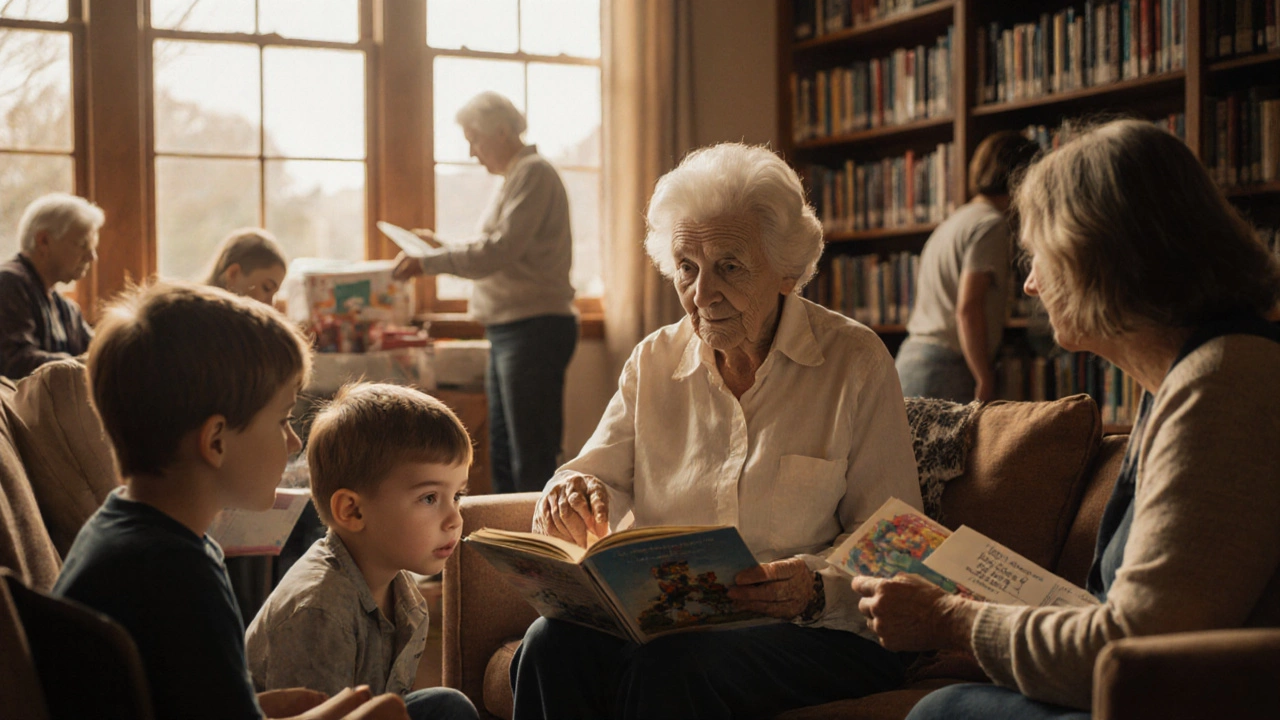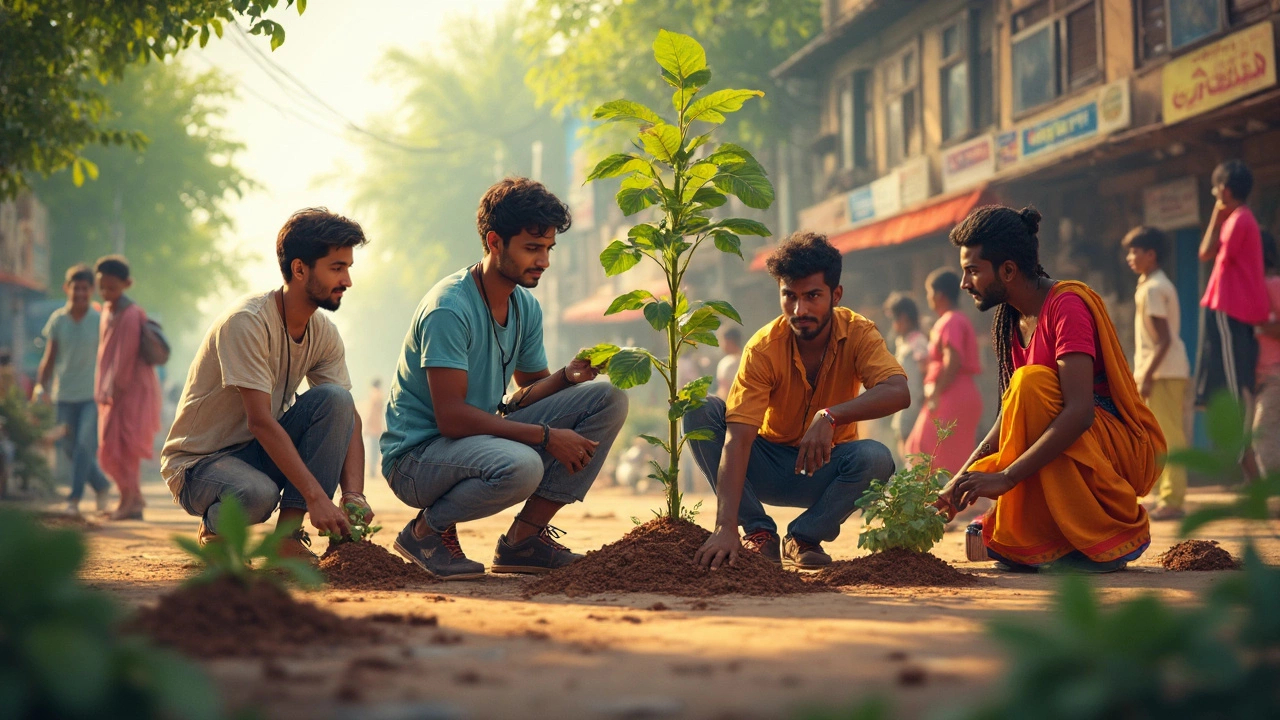Volunteer Demographics in India: Who’s Giving Their Time?
Ever wonder who actually shows up to help on a community project? In India, volunteers come from all walks of life, but a few patterns stand out. Knowing these patterns helps charities plan better, target the right people, and keep the momentum going.
Age groups and what drives them
Young adults (18‑30) make up the biggest chunk of volunteers. They’re usually students or fresh graduates looking for experience, networking, or a resume boost. Many join campus clubs, NGOs, or short‑term programs that promise a certificate.
Mid‑life volunteers (31‑50) often have stable jobs and a sense of giving back after reaching a certain career level. They tend to commit to longer projects, like mentoring, environmental clean‑ups, or health camps. Their motivation is less about a resume and more about family legacy or personal fulfillment.
Senior volunteers (50+) bring expertise and patience. They frequently work with schools, senior citizen homes, or cultural preservation groups. Their time is limited, but they offer deep knowledge and strong community ties.
Gender, education, and regional twists
Male volunteers still outnumber females overall, but the gap is narrowing, especially in urban centers. Women are more active in health, education, and women‑focused NGOs. In rural areas, cultural norms can limit female participation, so outreach programs that involve families tend to work better.
Education level matters, too. College‑educated volunteers dominate the tech‑focused and policy‑advocacy spaces. Those with high school education often help with grassroots activities like food drives, local clean‑ups, and school tutoring.
Regional differences are clear. Metropolitan cities—Delhi, Mumbai, Bangalore—show higher volunteer rates due to corporate CSR programs and a larger pool of educated youth. Smaller towns and villages see spikes around festivals or crisis events when community spirit kicks in.
One surprising trend: gig‑economy workers are now volunteering in short bursts, similar to short‑term contracts. They sign up for a weekend event, do a few hours, and move on. This flexibility fits their schedule and adds a fresh burst of energy to projects that need quick hands.
Understanding these demographics helps charities ask the right questions: What time commitment can volunteers realistically offer? Which communication channel (social media, WhatsApp groups, local flyers) reaches them best? Tailoring outreach to age, gender, and education makes recruitment smoother and retention higher.
If you’re planning a new volunteer drive, start by mapping your ideal volunteer profile. Then match your messaging—use Instagram reels for young adults, LinkedIn posts for professionals, and community meetings or local radio for seniors. Offer clear roles, tangible impact, and a way to track results. When volunteers see the difference they’re making, they’re more likely to stay.
Bottom line: India’s volunteer pool is diverse, but it’s not random. Age, gender, education, and location shape how, why, and when people give their time. Use these insights, speak their language, and you’ll find more hands ready to help.
What Age Volunteers the Most? Data-Backed Insights on Who Gives the Most Time
Data shows people over 60 volunteer at the highest rates, but younger groups contribute in different ways. Learn who gives the most time and how organizations can better support all volunteers.
Read MoreWho Volunteers the Most? Exploring Racial Trends in Community Service
Volunteering is a crucial part of community building, but have you ever wondered which racial groups are more active in this space? Understanding these trends can help organizations effectively reach and engage a diverse range of volunteers. This article explores the racial dynamics of volunteering, highlights key statistics, and offers practical tips for fostering inclusivity in volunteer programs.
Read More
